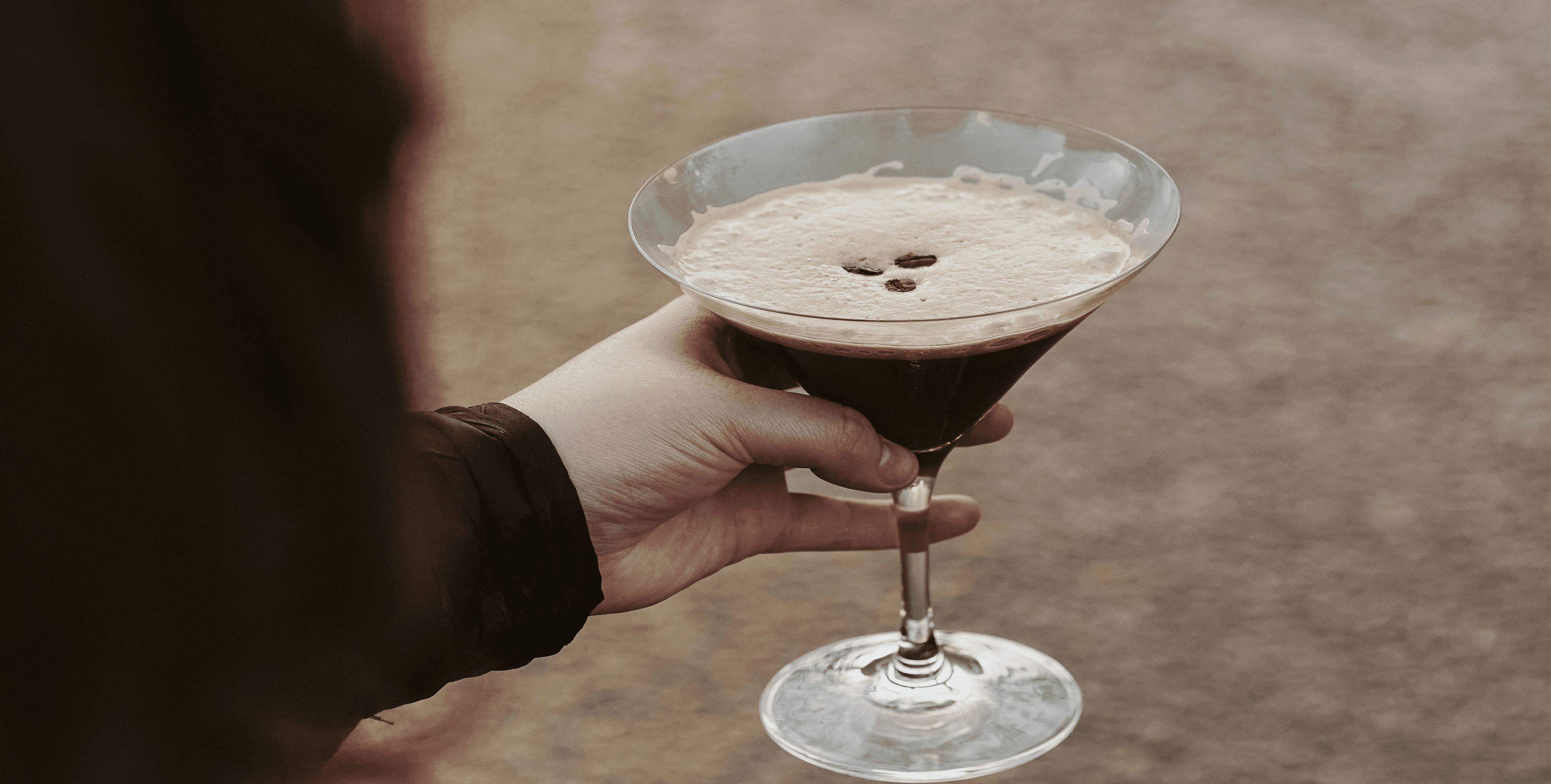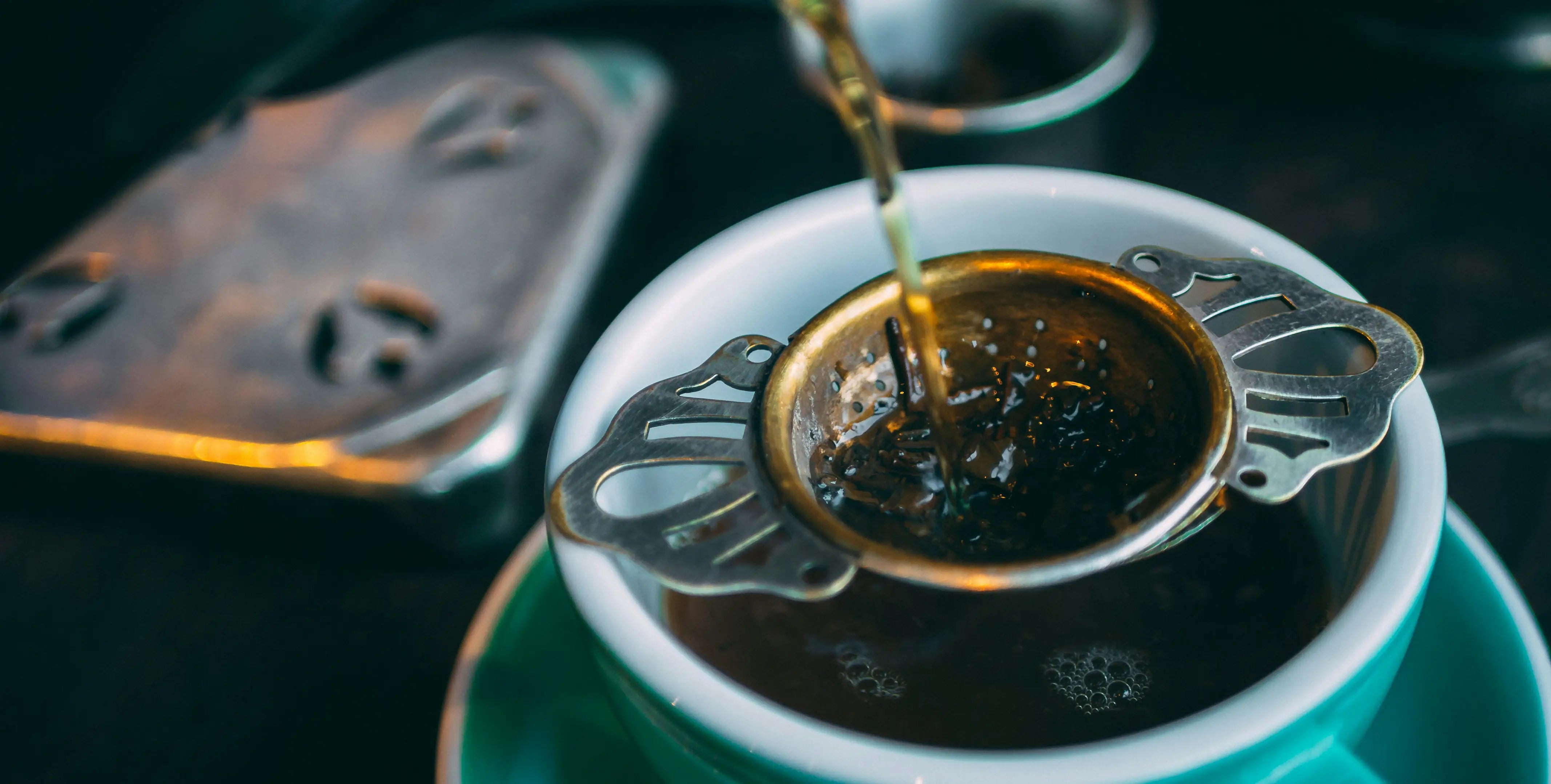Para los entusiastas del café, el mundo de los métodos de preparación del café es vasto y apasionante. Dos opciones populares que a menudo provocan debates son la cerveza fría y el espresso. Ambos ofrecen sabores y experiencias únicas, pero lo que los distingue?En esta guía completa, nos sumergiremos profundamente en el mundo del café espresso y el café preparado en frío, explorando sus características distintivas, sus procesos de preparación y cómo elegir entre ellos. Si eres un barista experimentado o recién comenzando su viaje cafetero, comprender los matices del espresso frente a la preparación fría lo ayudará a apreciar aún más estas queridas bebidas.

Conceptos básicos de preparación en frío
El café preparado en frío ha ganado una inmensa popularidad en los últimos años, y por una buena razón. Este método de preparación ofrece una experiencia de café suave y menos ácida que muchos encuentran irresistible.
¿Qué es la cerveza fría??
La preparación en frío es un método de preparación de café que, como su nombre indica, utiliza agua fría o a temperatura ambiente en lugar de agua caliente. El proceso consiste en dejar en remojo los granos de café molidos gruesos en agua durante un período prolongado, normalmente de 12 a 24 horas. Este lento proceso de extracción da como resultado un café concentrado que luego se diluye con agua o leche antes de servir.
El proceso de preparación en frío
- Molido: Comience con granos de café molidos gruesos.
- Mezcla: Combine el café molido con agua fría o a temperatura ambiente en un recipiente grande.
- Reposo: Deje que la mezcla repose durante 12 a 24 horas, ya sea a temperatura ambiente o en el refrigerador.
- Filtro: Después del remojo, cuele el café molido usando un colador de malla fina o una cafetera fría.
- Diluir y servir: El concentrado resultante generalmente se diluye con agua o leche antes de servir con hielo.
Características de la cerveza fría
- Perfil de sabor: Suave, menos ácido y, a menudo, se describe como más dulce que el café tradicional preparado en caliente.
- Contenido de cafeína: Generalmente mayor debido al mayor tiempo de maceración y a la mayor proporción café-agua.
- Vida útil: Se puede almacenar en el refrigerador hasta por dos semanas.
Conceptos básicos del espresso
El espresso es la base de muchas bebidas de café populares y es conocido por su sabor intenso y textura cremosa.
¿Qué es el espresso??
El espresso es una forma concentrada de café que se produce al hacer pasar agua caliente a través de granos de café finamente molidos a alta presión. Este proceso, conocido como "hacer un tiro", da como resultado una pequeña cantidad de café muy fuerte con una capa de crema encima.
El proceso del espresso
- Molienda: Utilice granos de café finamente molidos.
- Apisonar:Comprima el café molido uniformemente en el portafiltro.
- Preparación: Utilice una máquina de café expreso para forzar agua caliente (195-205°F) a través del café molido a 9 bares de presión.
- Extracto: El proceso suele tardar entre 20 y 30 segundos para producir entre 1 y 2 onzas de espresso.
Características del espresso
- Perfil de sabor: Rico, intenso y complejo con un ligero amargor y dulzor natural.
- Contenido de cafeína: Mayor concentración por onza, pero generalmente menos cafeína por porción que una taza de café filtrado.
- Crema: La capa distintiva de espuma de color marrón dorado encima de un trago bien tirado.

Similitudes entre Cold Brew y Espresso
Si bien el cold brew y el espresso son distintos en muchos aspectos, comparten algunos puntos en común:
- Concentración: Ambos métodos producen formas concentradas de café.
- Versatilidad: Cada uno puede usarse como base para diversas bebidas de café.
- Dependencia de la calidad: El sabor de ambos depende en gran medida de la calidad de los granos utilizados.
- Personalización: Ambos permiten la personalización en cuanto a intensidad y perfil de sabor.
Diferencias entre café frío y espresso
Las diferencias entre la preparación fría y el espresso son significativas y afectan todo, desde el sabor hasta la preparación:
Método de preparación
- Cold Brew: Usa tiempo (12-24 horas) en lugar de calor para la extracción.
- Espresso: Depende de la presión y el calor para una extracción rápida (20-30 segundos).
Temperatura
- Cold Brew: Elaborado con agua fría o a temperatura ambiente.
- Espresso: Requiere un control preciso de la temperatura en las máquinas de espresso, generalmente entre 195 y 205 °F.
Tamaño de molienda
- Cold Brew: Molido grueso para evitar la sobreextracción durante el remojo prolongado.
- Espresso: Molido muy fino para permitir una extracción rápida bajo presión.
Acidez
- Cold Brew: Menor acidez debido al proceso de extracción en frío.
- Espresso: Mayor acidez, lo que contribuye a su sabor brillante y complejo.
Contenido de cafeína
- Cold Brew: Generalmente, mayor contenido de cafeína por porción debido al mayor tiempo de maceración.
- Espresso: Mayor concentración de cafeína por onza, pero normalmente menos por porción.
Estilo de publicación
- Cold Brew: Generalmente se sirve frío sobre hielo, a menudo diluido.
- Espresso: Se sirve caliente en tragos pequeños, a menudo la base para bebidas de espresso calientes.
Equipo
- Cold Brew: Se puede preparar con herramientas simples como un frasco de vidrio y un filtro, o con cafeteras especializadas en cold brew.
- Espresso: Requiere una máquina de espresso capaz de producir alta presión.

Cómo Elegire Entre café frío y espresso
Decidir entre café frío y espresso a menudo se reduce a preferencias personales, pero aquí hay algunos factores a considerar:
Preferencia de sabor
- Elija preparación fría si prefiere un café más suave, menos ácido y con sabores sutiles.
- Opte por el espresso si disfruta de un sabor de café intenso y audaz con complejidad y profundidad.
Temperatura de servicio
- La preparación fría es ideal para los días calurosos o si prefiere el café frío.
- El espresso es perfecto para quienes disfrutan del café caliente o quieren preparar bebidas a base de leche como cafés con leche y capuchinos.
Tiempo y esfuerzo de preparación
- La preparación en frío requiere planificación con anticipación, pero es fácil de preparar en lotes grandes.
- El espresso ofrece gratificación instantánea pero requiere más habilidad y equipo para perfeccionarse.
Necesidades de cafeína
- Si buscas una liberación constante de cafeína a lo largo del día, la cerveza fría podría ser tu mejor opción.
- Para un rápido impulso de cafeína, el espresso es el camino a seguir.
Versatilidad
- La cerveza fría se puede disfrutar tal cual, usarse en cócteles o como base para otras bebidas de café frías.
- El espresso es la base de una amplia gama de bebidas espresso calientes y también se puede utilizar en postres y cócteles.
Cómo Lograre Calidad de cafetería en casa
Ya sea que prefieras café frío o espresso, es posible lograr la calidad de una cafetería en casa con el equipo y las técnicas adecuadas:
Para entusiastas de la cerveza fría
- Invierta en una cafetera de preparación fría de calidad para mayor comodidad y consistencia.
- Experimente con diferentes granos de café y tamaños de molienda para encontrar la preparación perfecta.
- Intenta infundir tu cerveza fría con sabores como vainilla o canela durante el proceso de maceración.
Para los amantes del espresso
- Elija una máquina de café expreso de alta calidad que ofrezca un control preciso de la temperatura.
- Practique su técnica de apisonamiento para garantizar una extracción uniforme.
- Experimenta con diferentes granos y tuestes para encontrar tu mezcla de espresso ideal.
¡Prueba ambos y elige tu favorito!
La preparación fría y el espresso son dos excelentes maneras de disfrutar el café. La infusión fría es suave y menos amarga, perfecta para los días calurosos. El espresso es fuerte y sabroso, excelente para muchas bebidas de café. Ambos se pueden hacer en casa con algo de práctica. Piensa en lo que más te guste: suave o fuerte, frío o caliente. Luego intenta hacer ambos tipos y mira cuál te gusta más. No hay ninguna elección equivocada. ¡El mejor café es el que te gusta!

Preguntas frecuentes
1. ¿Qué es más fuerte, el espresso o el cold brew??
El espresso es más fuerte por onza, pero la cerveza fría suele ser más fuerte por porción. Un trago de 1 onza de café expreso tiene más cafeína que 1 onza de café frío, pero una porción estándar de café frío (de 8 a 16 onzas) contiene más cafeína que un solo trago de café expreso.
2. ¿Cuál es más ácido, el cold brew o el espresso??
El espresso es más ácido que el café frío. El proceso de preparación en frío extrae menos ácido de los granos de café, lo que da como resultado un sabor más suave y menos ácido. El método de extracción con agua caliente del espresso produce una bebida más ácida con un perfil de sabor más brillante y complejo.
3. ¿La cerveza fría es más fácil para el estómago que el espresso? ?
Sí, la cerveza fría generalmente es más agradable para el estómago que el espresso. Su menor acidez y su sabor más suave lo convierten en una mejor opción para quienes tienen estómagos sensibles o reflujo ácido. El proceso de elaboración de cerveza en frío también extrae menos aceites de los granos, lo que puede ser más suave para la digestión.
4. ¿Cuántos tragos de espresso equivalen a una bebida fría??
Es difícil hacer una comparación directa, ya que los tamaños de las porciones y los métodos de preparación varían. Generalmente, una bebida fría de 16 onzas tiene aproximadamente la misma cafeína que 2 o 3 tragos de espresso. Sin embargo, el contenido de cafeína puede variar según el tiempo de preparación, la proporción de café y agua y el tipo de grano.
5. ¿Puedo agregar espresso a mi café frío??
Sí, puede agregar espresso a la preparación fría. Esta combinación a veces se denomina "Shot in the Dark" o "Red Eye Cold Brew". Crea una bebida fuerte y sabrosa que combina el suave sabor de la cerveza fría con el intenso toque del espresso.
Leer más
- Qué hace necesaria una cafetera eléctrica?
- Cómo preparar un helado con leche cremoso en unos pocos y sencillos pasos
- Beber en verano: una guía para preparar un helado americano espumoso de lichi
- Secretos de la presión del espresso: mejore su preparación para obtener una crema perfecta
- La combinación perfecta: helado y espresso en nuestra receta de affogato




Deja un comentario
Este sitio está protegido por reCAPTCHA y se aplican la Política de privacidad de Google y los Términos del servicio.